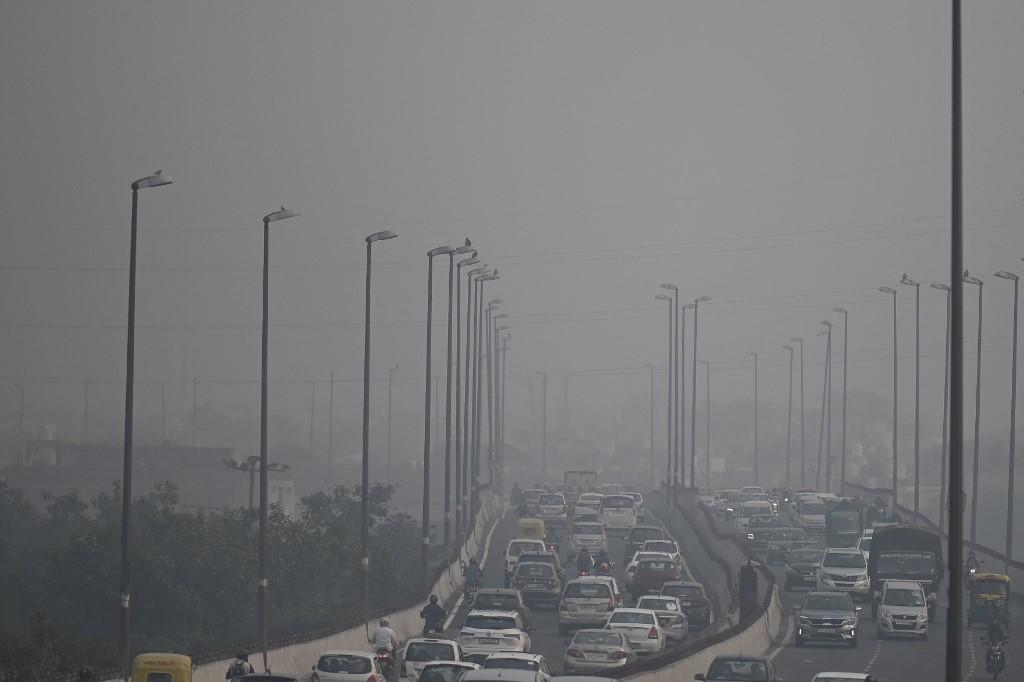Thick, toxic smog over Indian capital as temperatures, wind speed drop
Current severe conditions may ease by Saturday, but air quality is expected to remain 'very poor' until Nov 17.
Just In
New Delhi’s air quality plummeted again on Friday, and a thick haze of toxic smog hung over India’s capital due to a drop in temperature and wind speed, and a spike in the burning of crop waste in surrounding farmlands.
The haze reduced visibility and the Air Quality Index (AQI) hit 461 on a scale of 500, according to the federal pollution control board. This level of pollution means the air will affect healthy people and seriously impact those with existing diseases.
The concentration of poisonous PM2.5 particulate matter averaged 329 micrograms per cubic meter of air. The government prescribes a “safe” PM2.5 reading at 60 micrograms per cubic meter of air over a period of 24 hours.
PM2.5 is small enough to travel deep into the lungs, enter the bloodstream and can cause severe respiratory diseases, including lung cancer.
“This is becoming a nightmare,” said Gufran Beig, founder project director of air quality and weather monitor Safar that falls under the Ministry of Earth Science.
“Fire counts are in the range of 3,000-5,000 and not declining,” Beig told Reuters, referring to crop stubble fires in the regions around the capital.
He said current severe conditions may ease by Saturday, but air quality would remain “very poor” until Nov 17.
Air quality might worsen if farm fires continued, as the Safar model forecasts calm wind conditions, Beig said.
India’s efforts to reduce crop-waste burning, a major source of air pollution during winter, by spending billions of rupees over the past four years have done little to avert a sharp deterioration in air quality.
Delhi, often ranked the world’s most polluted capital, faces extremely bad air in winter due to the crop stubble burning, emissions from transport, coal-fired plants outside the city and other industrial emissions, open garbage burning and dust.
Residents of Delhi endured this year’s worst air on Nov 5, a day after revellers burnt firecrackers during the Deepavali festival, as AQI levels surged to 463 on a scale of 500.
Vehicular emissions contributed more than half of Delhi’s particulate pollution between Oct 24-Nov 8, the Centre for Science and Environment think tank said in its report published on Thursday.
Subscribe to our newsletter
To be updated with all the latest news and analyses daily.
